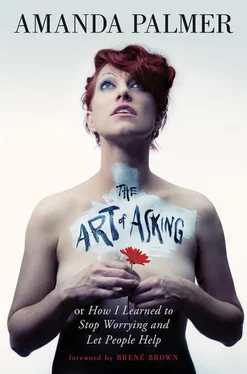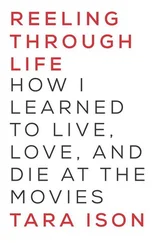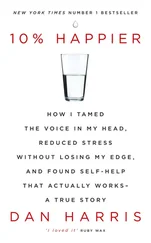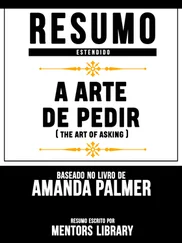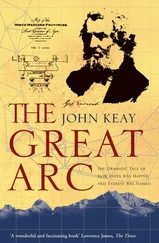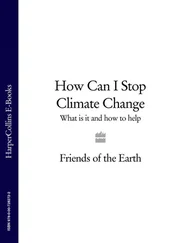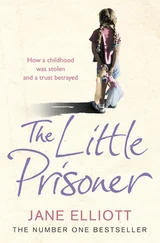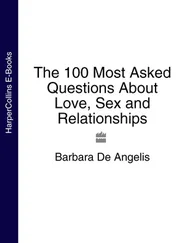Back in the 1970s, Lee had created the Cloud Club because he wanted an art family around him. He didn’t have any money back in those days. He’d been living out of his van (painted, he likes reminding us, with images from Alice in Wonderland —and the van after that was covered with Blue Meanies from Yellow Submarine ) and needed to borrow the down payment for the house—about $9,000—from his friend Brian, who had the money.
Brian and Lee are both over seventy now, and still great friends. That $9,000 loan was the seed for a house that’s now been called home by more than a hundred different artists over the past forty years, with Lee in the role of magical landlord-trickster-conductor. His favorite place to be is in any corner, hidden from view, where he can capture things happening on video. Lee is an outsider artist in his own right, a self-taught architect, painter, and sculptor: the Cloud Club is his art, and we get to live in it.
There are about eight of us living there at any given time, and we all have our own little apartments with our own kitchens and bathrooms. Mostly, nobody leaves their doors locked. We share a car, we share the washer and dryer and take turns buying laundry detergent, we share the back garden. My housemate Mali, who’s a singer, is the one with the green thumb—she plants kale and distributes it around the house.
Since he started the Cloud Club, Lee has deliberately charged his tenants about a third of the market value rent for each apartment. He not only allows , he encourages the musicians in the house, and our friends’ bands, and our friends’ bands’ drummers’ poet girlfriends, to use the communal space for parties, meetings, and concerts. He never charges anyone for that; instead, he takes an extreme glee in seeing the space used and filled with life. He films the goings-on and uploads them to YouTube. He wants to feel things happening. He makes enough money to cover the expenses.
People like Lee have a different relationship with the spotlight: they not only prefer playing a support role, they thrive doing it, taking pleasure in holding the light for others to run around in. Lee’s like a combination Art Butler (he’ll often surprise me with a plate of fruit while I’m in the middle of composing) and all-purpose fixer-upper resource (if you ask him, he’ll teach you all about plumbing, soldering, or wiring. I never ask). At his core, he loves to feel useful to all of his tenants, and he beams with pride when he sees our art succeed. His patronage can come in strange, unpredictable forms ( No, Lee, I don’t need seventy reams of pink paper that you just found in the dumpster. Why did you put them in my kitchen? ).
But beyond the cheap rent, eccentric space, and reams of paper, Lee’s gift to me, and the never-ending parade of art tenants that he houses, is bigger, deeper, harder to see. The Cloud Club, in all its artistic, ramshackle glory, is his version of the offered flower, his gift to the world—and anybody who lived there or who walks under the front vine and in through the creaky, salvaged front door feels that gift. Lee himself is an introvert (he even calls himself a “hermit”), but the house speaks for him: it is, itself, the container he’s created so that we might all have a moment of real connection with one another.
• • •
I broke up with Jonah.
My boyfriend Blake would stop by sometimes to watch me statue-ing. He was an undergrad at MIT with a passion for painting and who doted on his dorm-room collection of huge saltwater aquariums filled with clown fish. He also had an octopus.
Blake graduated and landed a job as a full-time engineer, and the salary was hefty, but it didn’t leave him any time to make art, so he quit and decided to commit to his painting.
But painting didn’t pay the rent. He needed something practical. So to make money, he became a living statue of a white-winged angel on the other side of Harvard Square.
He wore a long white robe and gloves, dyed his hair a shocking white blond, and engineered and constructed the giant wings himself, out of papier-mâché and feathers. They were beautiful.
• • •
Since The Bride was such a conspicuous freak, I felt loudly ignored by those who walked by me without a single glance. I didn’t take it personally. At least, I tried not to.
So many people were hurrying to school or racing to work, chatting with their partners and otherwise occupied. I was ignored by probably 99 percent of all those who passed me on that sidewalk over my five or six years of Bride-ing. Which amounts to being deliberately ignored—while actively “performing”—by, I dunno, a few million people. This is why I highly recommend street performing over attending a conservatory to any musician, especially if they’re going into rock and roll: it wears your ego down to stubbly little nubs and gives you performance balls of steel.
Sometimes it was just a bad day, and it felt like nobody, and I mean nobody , would stop. Who knows why.
When that happened, I’d start performing for my own amusement, letting the melancholy of loneliness wash over me, tilting my head to one side sadly, slumping my shoulders a bit, and raising my hands up to heaven in a pitifully grand gesture:
Why, god, has everyone forsaken me?
I could convince myself so thoroughly that none of humanity was any good that I actually let a few sincere tears stream down my face, letting the people briskly walking by me serve as unwitting universal examples of just how cold and cruel the world really was.
• • •
I took The Bride on the road. The costume fit in a rolling toolbox that I could also stand on, and I carried her—she paid my way, in fact—to Australia, to Key West, to Los Angeles, to Vegas, to New York, to Germany. Busking in different environments was hard because I’d gotten into such a cozy rhythm in Harvard Square; some cities were more hospitable than others. My first day in the center of the French Quarter in New Orleans, I was not only yelled at by the other, highly territorial street performers, but some random jerk came up behind me and whispered that he was going to set my veil on fire, and a few minutes later, a horse drawing a touristy carriage stopped right next to me and peed all over my dress.
• • •
My hands were usually raised, herald-like, to one side, or piously clasped to my heart, or palms up to the sky like a star-shaped ballerina… but they were never outstretched for money. If people put money directly into my hand, which they would often try to do, it always felt wrong and uncomfortable. My hat was out for money, but my hands were out for something bigger.
Madelein Du Plessis sent me this story in the blog comments:
When I was a kid there was an article about a woman who went to India to help with a charity thing. All the beggar children would come for food and they would beg with their hands, palms up. After a long day, she went home and there was this little kid, stretching his arms out towards her. At first she thought the kid was begging, but then she saw that his palms were facing towards each other. Then she realized the kid was asking to be picked up and hugged. She ended up adopting the kid.
Madelein’s realization: They all needed food. This kid wanted more than food.
He also wanted love.
• • •
Anthony made me feel real.
He was born in 1948, and he regaled me with tales from the sixties that made my heart ache to turn back the clock and live in a time when everybody hitchhiked and smoked hash while listening to Joni Mitchell on crackly vinyl records. Anthony’s stories drew pictures in my teenage mind of wild, vital human beings creating a new reality in an upheaved world, protesting a war, running around with feathers in their hair and knives in their boots, tearing down the system and trying to score as many girls, drugs, and adventures as they could. I was jealous.
Читать дальше
